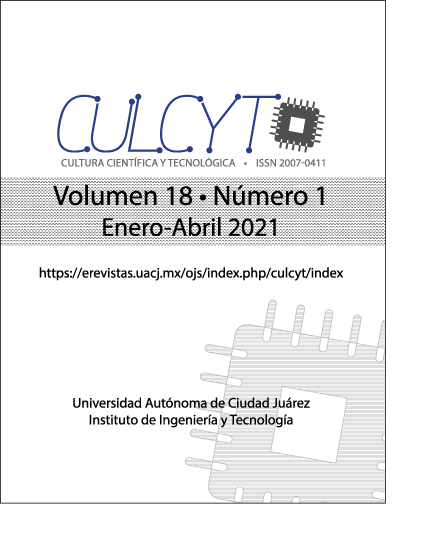Comparison of Assistive Orthopedic Products using the Pugh Matrix. A Universal Design and Ergonomics Approach
The objective of this article is to analyze the relationship between universal design and ergonomics as key factors in the design and selection of assistive products developing a comparison using the Pugh matrix. A group of users was interviewed to determine the design requirements of aid products a...
Gorde:
| Egile Nagusiak: | , , |
|---|---|
| Formatua: | Artículo |
| Hizkuntza: | spa |
| Argitaratua: |
Universidad Autónoma de Ciudad Juárez
2021
|
| Gaiak: | |
| Sarrera elektronikoa: | http://erevistas.uacj.mx/ojs/index.php/culcyt/article/view/4022 |
| Etiketak: |
Etiketa erantsi
Etiketarik gabe, Izan zaitez lehena erregistro honi etiketa jartzen!
|
| Gaia: | The objective of this article is to analyze the relationship between universal design and ergonomics as key factors in the design and selection of assistive products developing a comparison using the Pugh matrix. A group of users was interviewed to determine the design requirements of aid products and then, the products available in the market were evaluated to determine which could be the best. The user’s needs were identified through the evaluations among patients with rheumatoid arthritis focusing on universal and ergonomic design and sixty-nine assistive products were selected. The Pugh matrix was applied to compare and evaluate them based on design criteria. The results indicate that accessibility products must be more efficient in terms of reach, grip, apprehension, pincer grasp, materials, and the force required to use the product. However, the aesthetics of the design was a key factor for the user to select the product and feel more comfortable when using it. |
|---|---|
| ISSN: | 2007-0411 |
